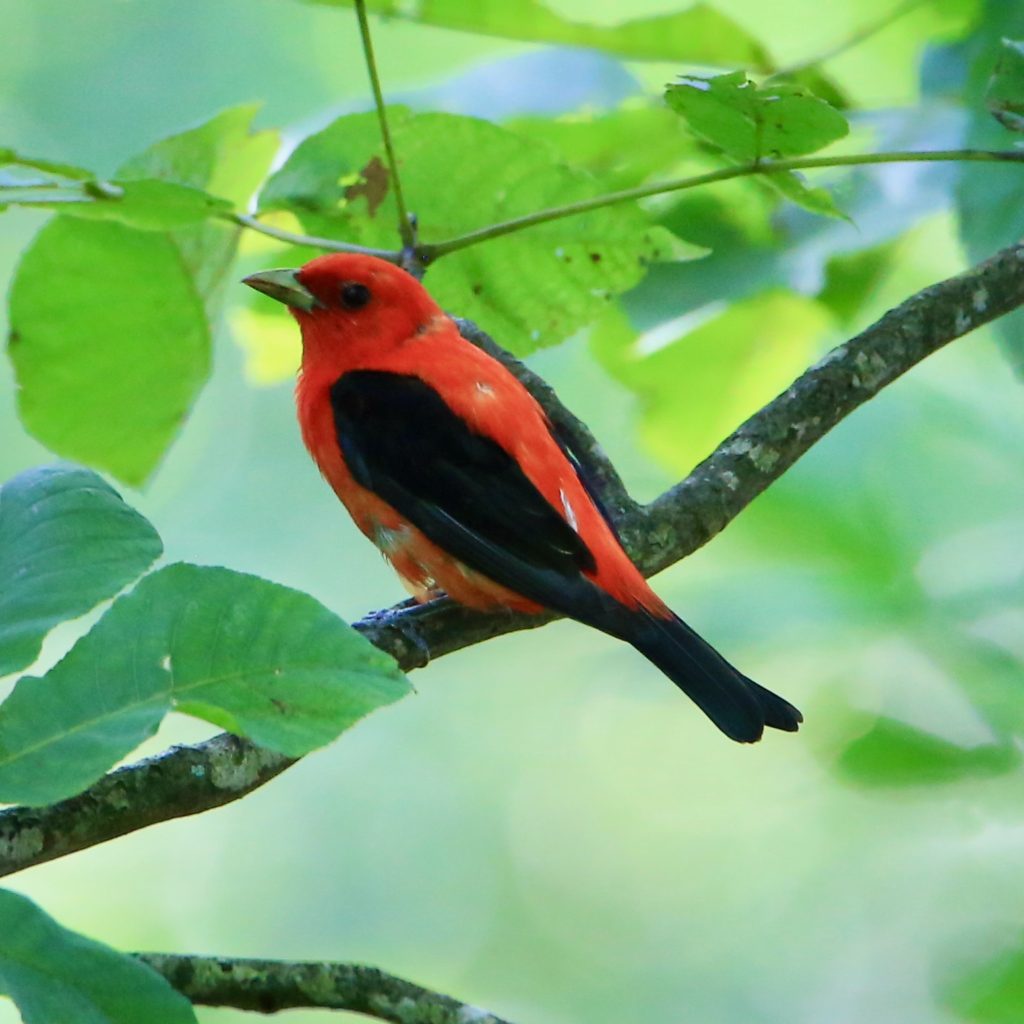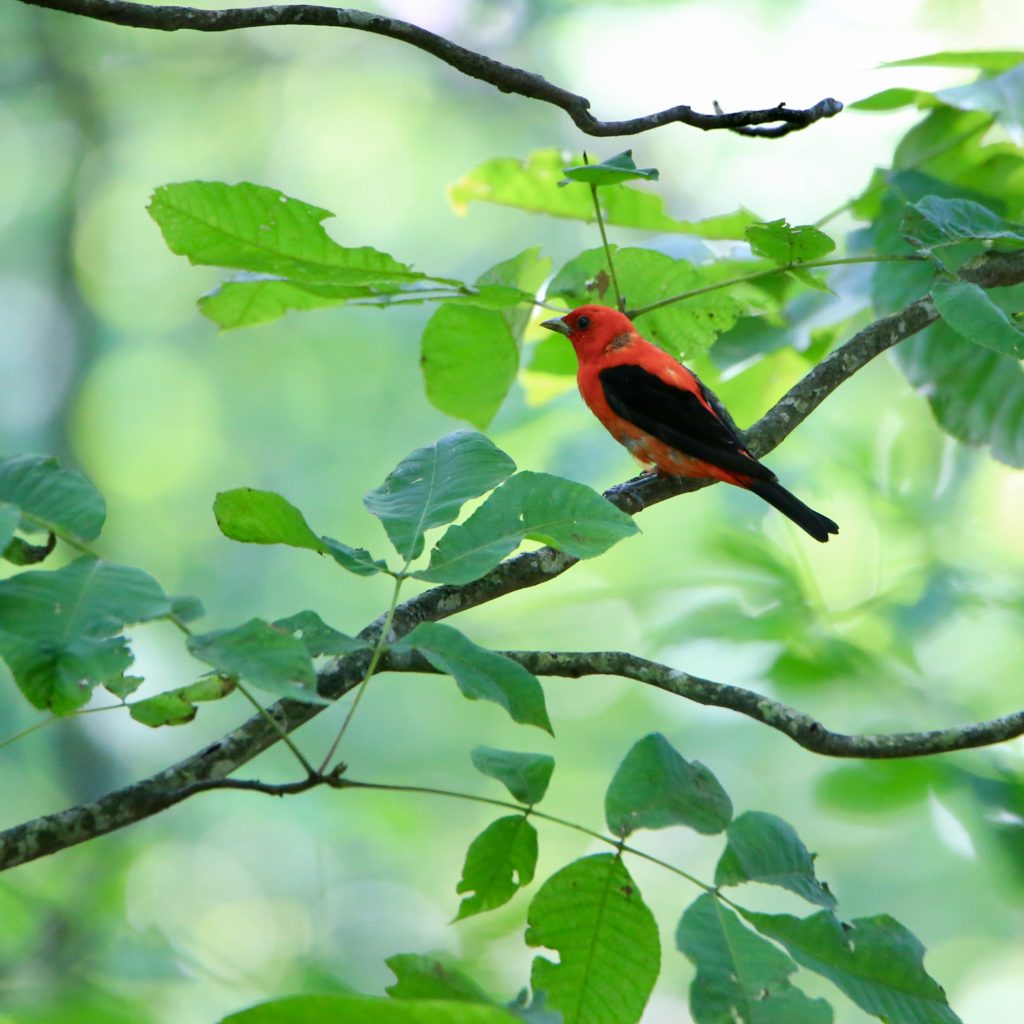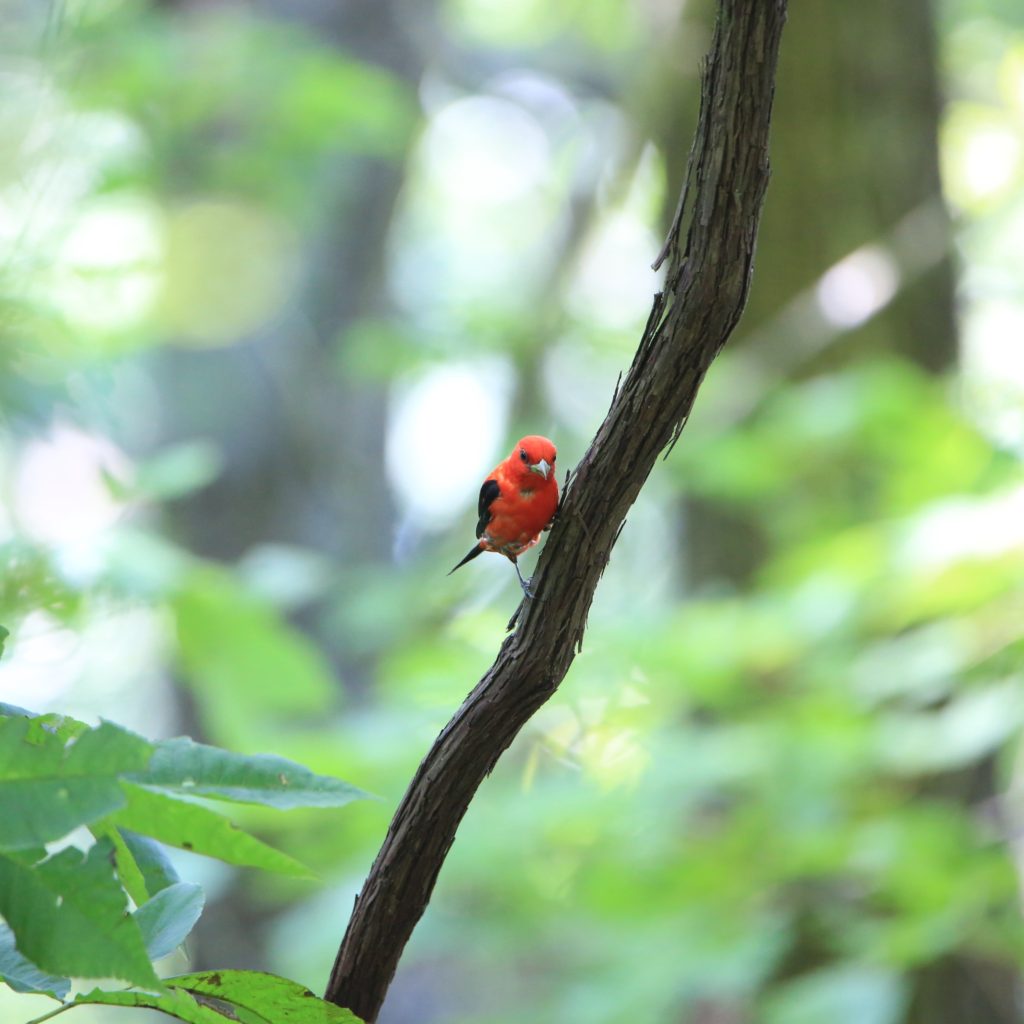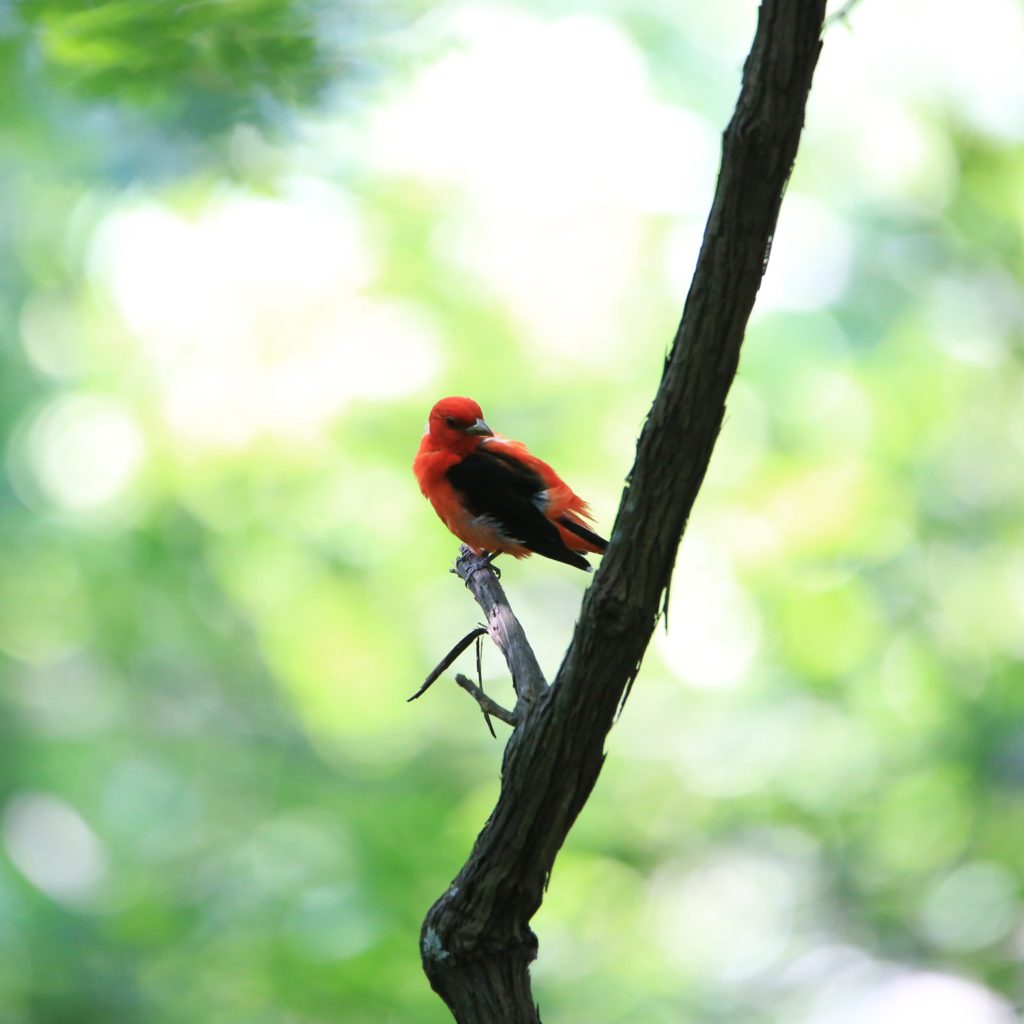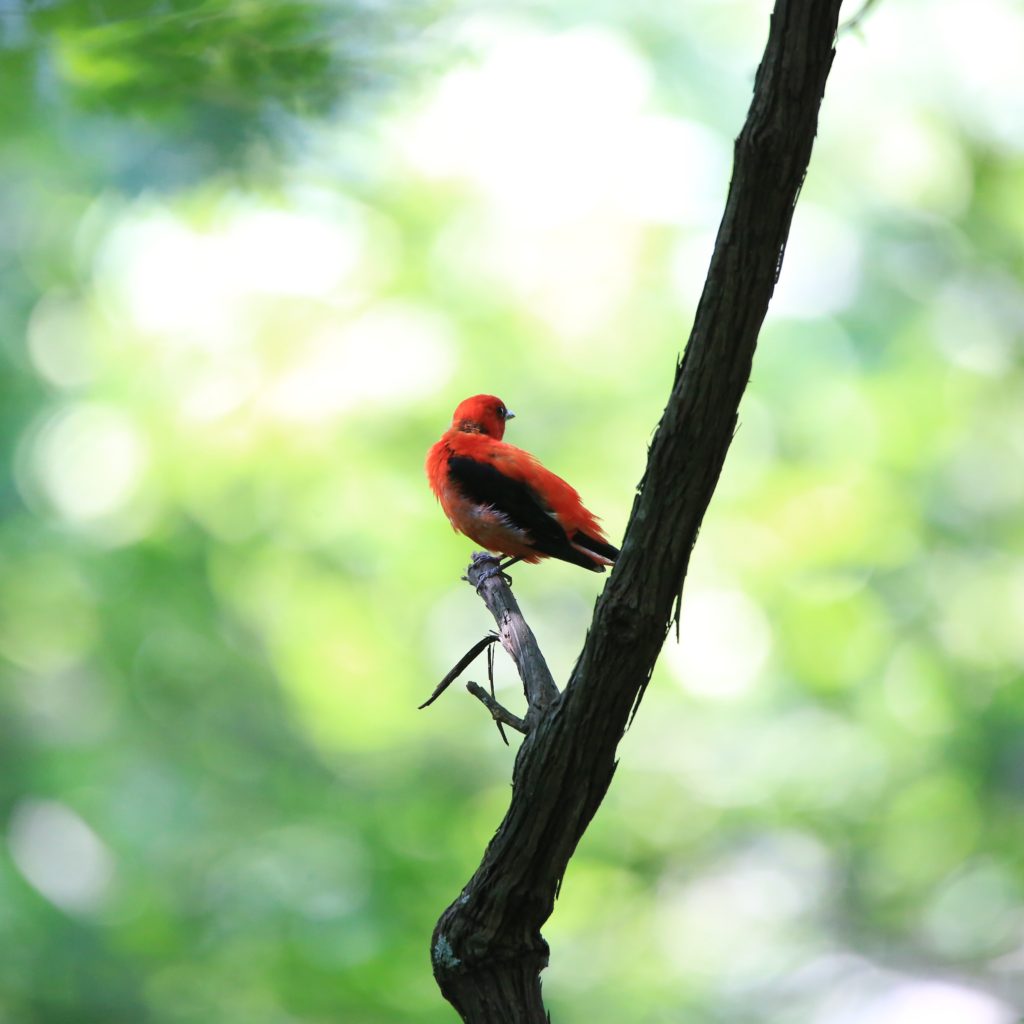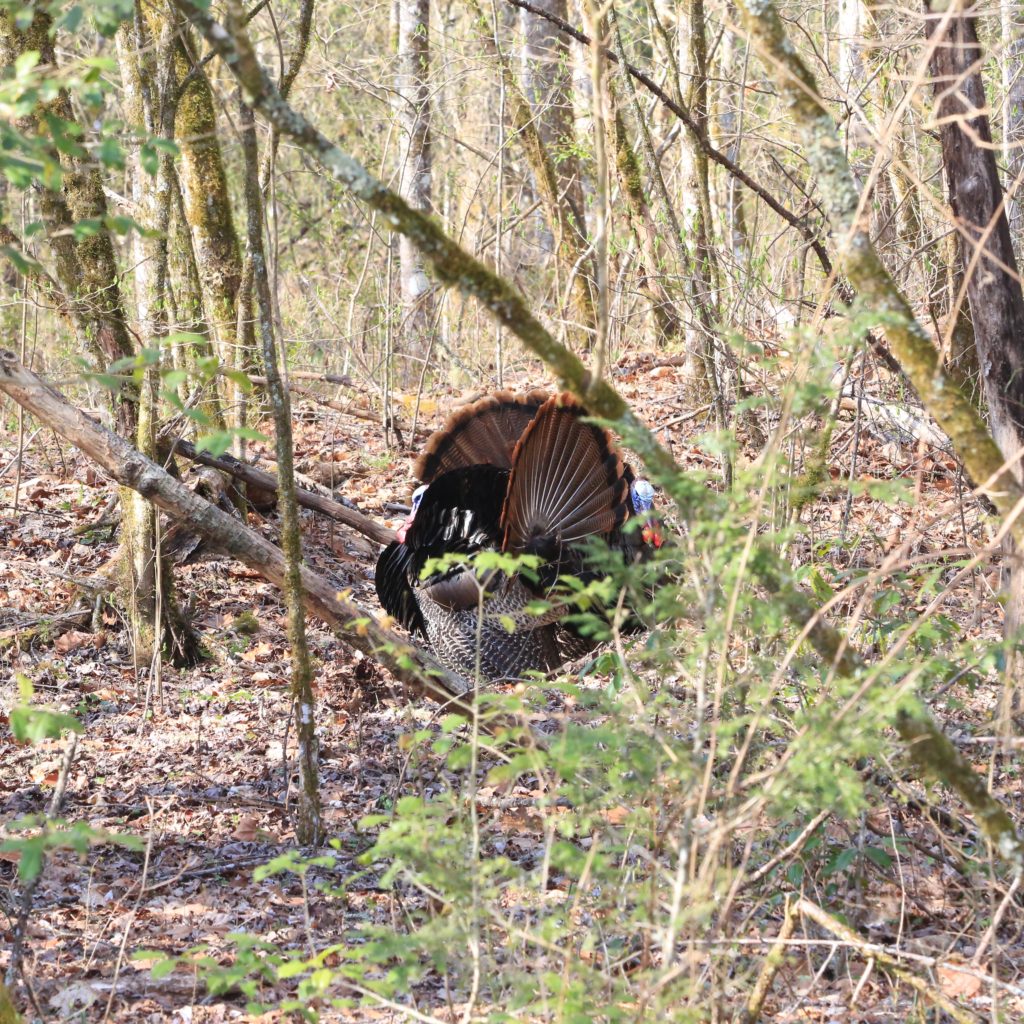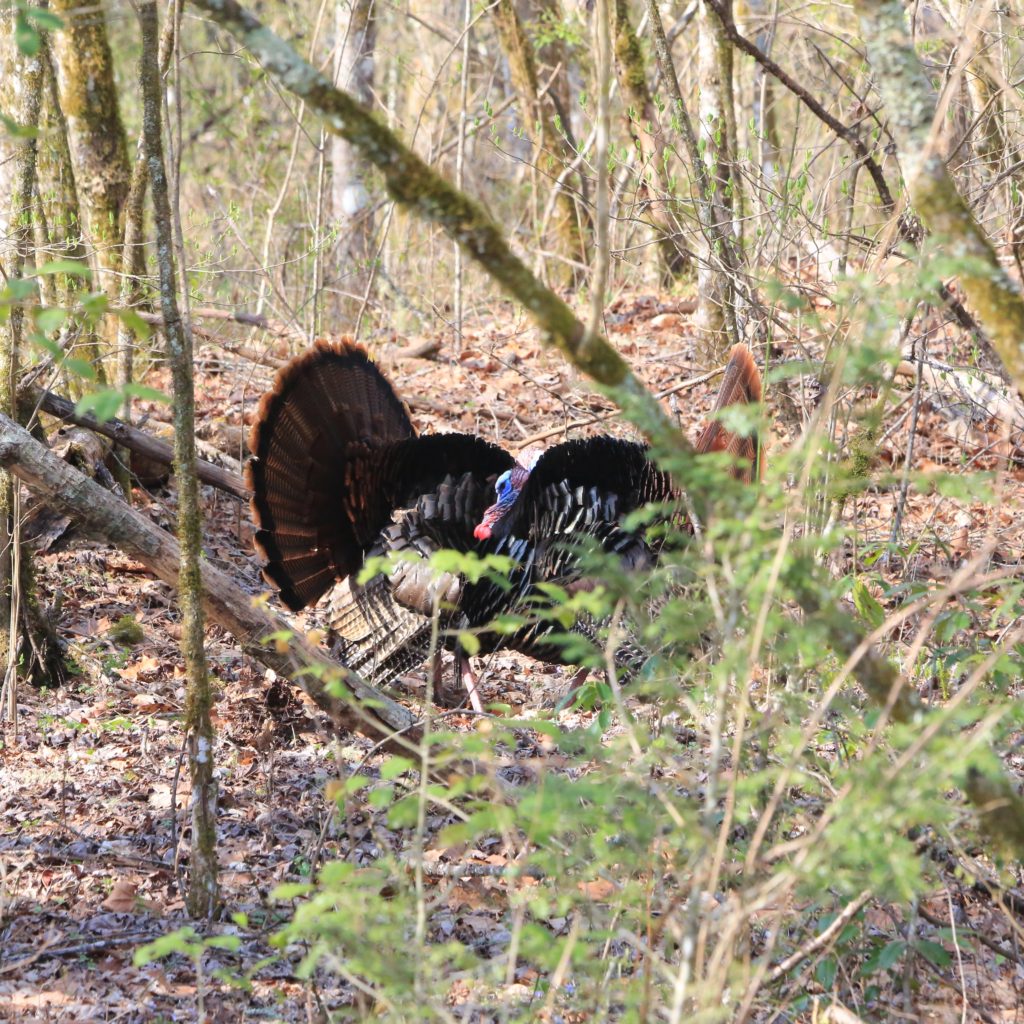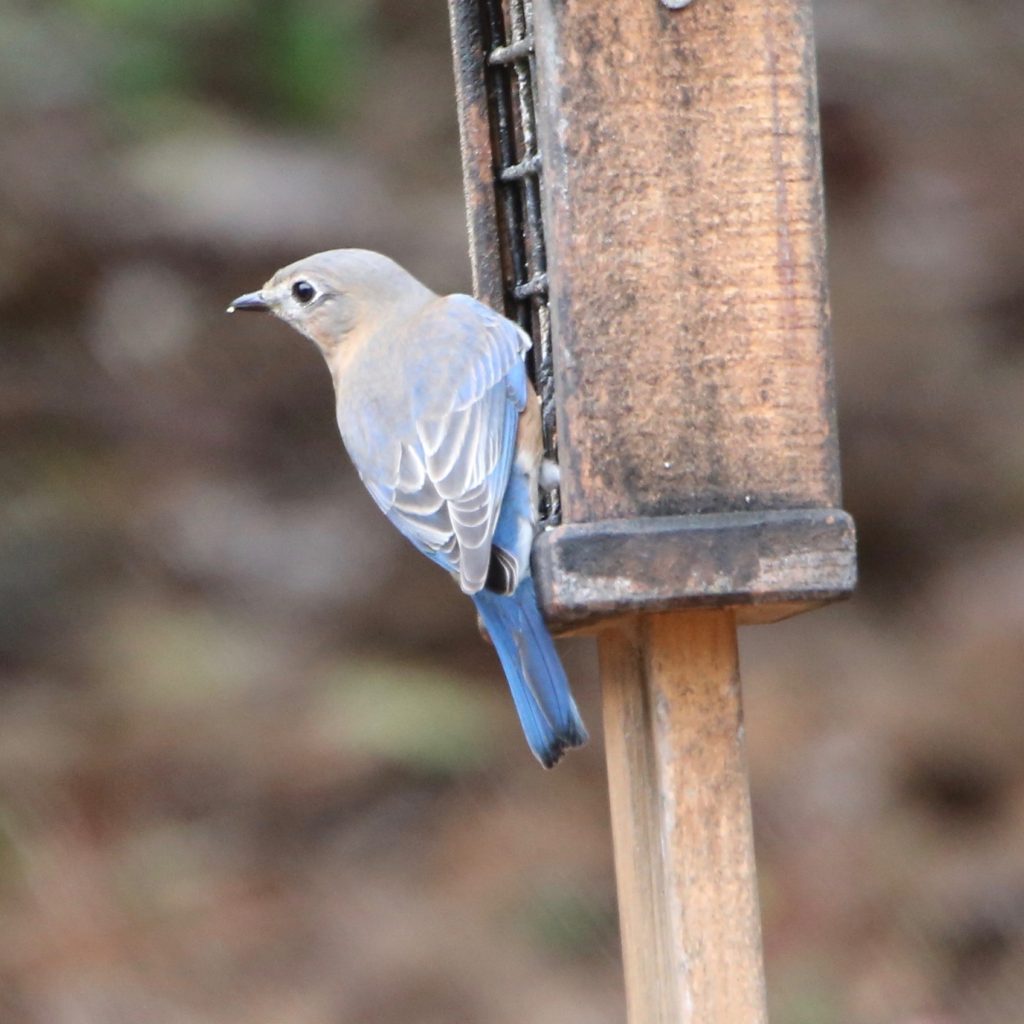
Bird Watching at Mammoth Cave National Park
Share
Mammoth Cave National Park is an American national park located in west-central Kentucky. The park region encompasses parts of Mammoth Cave, the longest cave system in the world. The park was established as a World Heritage Site in 1981 and as an international Biosphere Reserve in 1990.
The park is spread across 52,830 acres of land, primarily under Edmonson County, but small sections extend into the eastern Hart and Barren counties. Green River cuts through the park along with a tributary Nolin River. While the park centers around the historic underground cave system, the ground above also falls under Mammoth Cave National Park. The forested area provides shelter, food, and a diverse range of habitats that attract different wildlife varieties.
Major Attractions at Mammoth Cave National Park
The Mammoth Cave system is the longest known cave system extending over 400 miles of surveyed passageways. The attraction is nearly twice as long as the second-longest cave system globally, Mexico's Sac Actun. The marvelous cave structure is one of the oldest tourist attractions in North America.
Besides the cave tours of 10 miles which are the most popular feature of Mammoth Cave National Park, there are several other activities and features to explore on the grounds of the national park. The park grounds are forested and wilderness areas that permit hiking, camping, horseback riding, fishing, and kayaking. The major trails of the park include the Cedar Sink Trail, Sand Cave Trail, Sloan's Crossing Pond Walk, Turnhole Bend Nature Trail, and the Mammoth Cave Railroad Bike and Hike Trail.
GET KIDS BIRD WATCHING
Bird Watching at Mammoth Cave National Park
While caves may not seem the best place to go birding, the grounds above Mammoth Cave provide an ideal ecosystem for several plant species and wildlife to thrive. Named as an international Biosphere Reserve, Mammoth Cave National Park is an ecosystem that supports plants and animals of unusual scientific and natural curiosity. A total of 130 species call the caves their home, of which three of them are endangered.
The grounds are covered with a rolling mixed deciduous forest and the Green and Nolin rivers that offer various bird species safety, shelter, and food. A bird's eye view of the park will show a series of uninterrupted forests among Kentucky's famous farms and pastures, making the park a prime habitat.
Mammoth Cave National Park is home to roughly 200 species of birds. Most of these are migratory, visiting the park twice a year while traveling north then south. Some of the recorded sightings include 37 species of Warblers 17 of which use the park as their breeding home, 4 species of Owls, 7 species of Woodpeckers, Scarlet and Summer Tanagers, 17 species of Sparrows, 6 species of Hawks, and Wild Turkeys.
Birdwatching near the water body, Green River is famous for its diversity in species. An estimated 20 species of Ducks and Geese, 10 species of Herons and Bitterns, the Bald Eagle can be found near the river. Birding during spring and fall migrations is the best way to observe the diversity that Mammoth Cave National Park offers.
10 Birds to See at Mammoth Cave National Park
Scarlet Tanager
Scarlet Tanagers have bright, beautiful red colors with black wings and tails. They have thick bills that allow them to easily catch insects and eat fruit. Scarlet Tanagers live in eastern North America. They are not on the endangered list but have seen losses in numbers. These birds make their habitat in forests and shade trees. They lay 2 to 5 eggs and build their nests 20 to 30 feet high in trees. Scarlet Tanagers migrate at night in the springtime.
Summer Tanager
Summer Tanagers are the only completely red birds in North America. They live in the southern region of North America. These birds are quite common and widespread and not at risk of being endangered. They enjoy making their home at the top canopy of eastern forests. Summer Tanagers like to catch bees and wasps in flight to eat. They will also eat berries and spiders. Summer Tanagers are hard to find songbirds because they hide and move slowly. They lay 3 to 5 eggs in a loosely made cup shaped nest above ground. They migrate south into Mexico and Brazil.
Wild Turkey
Wild Turkeys are large birds with long legs and small heads. You can find them throughout North America. Their population at one time was in great decline, but has recovered and is not at risk of endangerment. They usually live in mature forests, along roads, or in wooded backyards. They travel in flocks and roam the ground looking for nuts, insects, and berries. Wild Turkeys usually look for food in the early morning hours. They lay 10 to 15 eggs and make their nests on the ground at the base of trees. They are not migratory birds.
Cerulean Warbler
Cerulean Warblers are sky-blue with blue streaks down their sides. They live in eastern North America. Cerulean Warblers have seen a large decrease in population and are threatened; they are possibly near being endangered. These birds tend to make their homes at the top of the canopy of oak and hickory trees. They lay 3 to 5 eggs and make their nests high up in trees away from the trunk. These Warblers migrate south in the early fall.
Eastern Bluebird
Eastern Bluebirds have a royal blue back and head. Their chest is a red-brown color. They primarily live in the eastern United States. Eastern Bluebirds have had a recent increase in their population with help from nest boxes. They make their homes on farms and in open country. These birds have been sited as far south as Nicaragua in Central America. They like to eat insects, berries, and fruit. Eastern Bluebirds will come to a feeder if you have mealworms. They build their nests out of grass, weeds, twigs, and sometimes feathers and animal hair. They lay 4 to 5 eggs. Eastern Bluebirds are generally permanent residents; however, Bluebirds in the north migrate in spring and fall.

